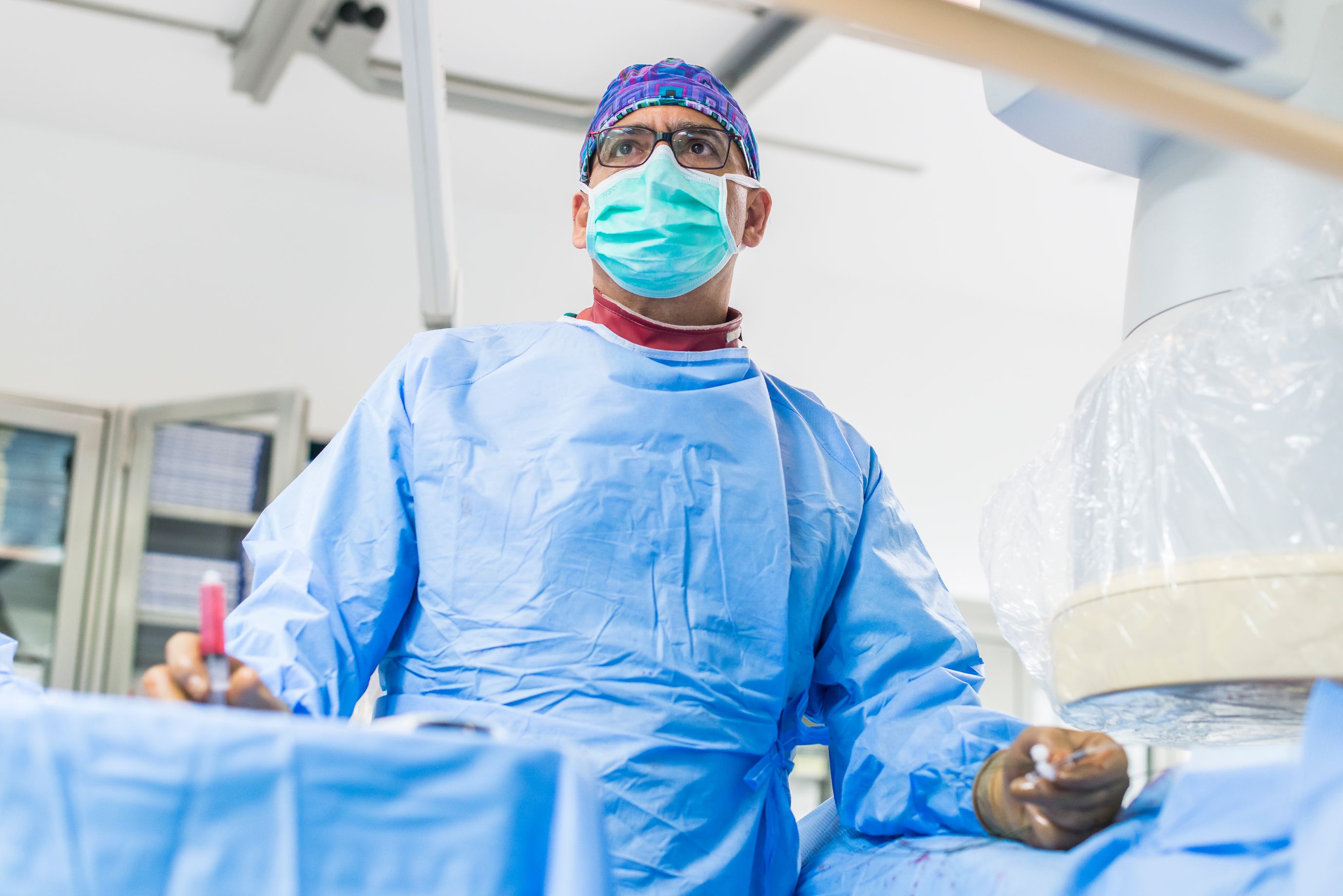Plastic surgery involves surgical modifications of the face and body in order to enhance one’s aesthetic appearance, as well as correcting tissue defects caused by injury, illness or birth abnormalities.
Studies have demonstrated that most individuals who undergo cosmetic surgical procedures are satisfied with the outcome, yet some are dissatisfied. Therefore, empirically-based questionnaires to detect those at risk for poor psychosocial outcomes should be created.
Reconstructive surgery
Reconstructive surgery is used to reconstruct or reshape body parts damaged due to birth defects, developmental abnormalities, trauma/injuries, infection or disease. Plastic surgeons who perform reconstructive surgery typically utilize various techniques that involve moving tissue between parts of the body.
Reconstruction surgery is often necessary after cancer treatments have taken place and can help patients regain their appearance and sense of self-worth, particularly after mastectomy reconstruction. Furthermore, reconstruction surgeries can restore function to areas affected by cancer treatments.
Reconstructive surgery can take place either at your doctor’s office, hospital or surgery center; and could even be carried out by the same surgeon who performs your cancer surgery or by a plastic surgeon. When considering reconstruction surgery it is important to discuss its benefits and risks with your surgeon as it may not be suitable for everyone based on factors like smoking, other health problems and type of procedure needed.
Microsurgery
Microsurgery refers to surgery which employs the use of microscopes in order to inspect and repair small or delicate structures within the body. Surgeons use high-powered operating microscopes like Olympus CX-50 or Zeiss Leica Microscopes with extraordinary magnification to see the surgical site with unprecedented clarity, illuminate it with bright lights, and produce high resolution images on monitors visible by surgical teams.
Microsurgery’s primary applications include reconnecting severed fingers, hands and arms with their blood vessels so they receive adequate circulation again. Another prominent use is tissue transfer to reconstruct traumatic injuries; healthy tissue from another part of the body is moved directly onto an injury site using an operating microscope and special tools so it remains perfused with blood.
Microsurgical techniques also can reduce scarring from surgery by shortening or eliminating long incisions, allowing faster healing time and reduced discomfort from larger cuts. Recovery times vary according to surgery type and the extent of injury/condition.
Breast augmentation
Many women struggle with small breasts, which can limit their wardrobe options and lower self-esteem. Breast augmentation can help increase the size of your breasts to create a more feminine silhouette and increase self-esteem and boost confidence levels – as well as making you more comfortable wearing bikinis or sleeveless dresses. This safe and effective procedure may improve both.
Surgery requires surgeons to insert either silicone or saline implants behind glandular tissue and in front of muscles, known as subglandular placement. Alternately, implants may be placed above or beneath muscle. Their placement depends on patient goals, anatomy and desired results.
When contemplating breast augmentation, it’s essential that you understand the recovery process. After surgery, a compression bra must be worn for approximately one week post-surgery; additionally, any activities which strain your chest should be avoided. If any unusual swelling or pain arises after the procedure has taken place, seek medical advice immediately or report it through the Yellow Card Scheme of the government.
Breast lift
Mastopexy (breast lift) is a surgical procedure to lift and tighten the appearance of breasts, such as during pregnancy or breastfeeding, helping reduce any sagging caused by pregnancy, breastfeeding or age; correct asymmetrical or uneven breasts; as well as correct any asymmetry or unevenness that might exist between breasts. A mastopexy may be performed alone or as part of larger reconstruction surgeries after mastectomy surgery.
Your surgeon will make an incision (cut) around your areola and possibly another one in a vertical line from nipple area and breast crease area down towards nipple region and along bottom breast crease area, to access extra skin for removal, as well as reshaping/repositioning nipple and areola area, before stitching close the incisions with stitches.
After your procedure, it is normal to feel some numbness in your breasts, nipples and/or areola; this should subside in time. Light physical activity should resume within a few days while activities that place strain on healing incisions should be avoided for 4-6 weeks. Placing pillows either side of your body while sleeping may help protect against rolling onto nipples when sleeping.
Rhinoplasty
Rhinoplasty, more commonly known as a nose job, is one of the most complex plastic surgeries and requires precise aesthetic precision. Rhinoplasty may be performed to change the shape or size of your nose; fix an injury; correct birth defects; improve breathing problems or boost confidence – among other uses. When discussing with your surgeon your goals for Rhinoplasty it’s important that realistic expectations are set and be clear about exactly what results you desire.
Rhinoplasties may be performed under local or general anesthesia at a surgeon’s office, hospital or outpatient surgery center; most procedures take 1 to 3 hours.
Your nose will likely require a splint for several weeks, and it is normal for swelling or bruising to appear for up to one or two months post-treatment as part of its healing process.
Some individuals experience uneven healing following rhinoplasty, leading their noses to appear crooked. Although this can be disconcerting, it should not be seen as an indicator of any surgical error; instead it may require taking it easy and relaxing for at least a week after your operation.
Disclaimer: The content on this blog is intended for general informational purposes only. It is not a substitute for professional medical advice, diagnosis, or treatment. Always consult qualified healthcare providers for personalized advice. Information regarding plastic surgery, dental treatment, hair transplant, and other medical procedures is educational and not a guarantee of results. We do not assume liability for actions taken based on blog content. Medical knowledge evolves; verify information and consult professionals. External links do not imply endorsement. By using this blog, you agree to these terms.





